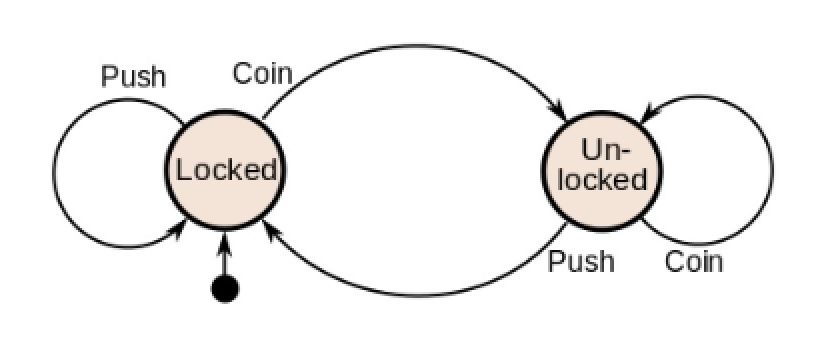
In the previous post, we discussed the various definitions of digital twins and we see that there are no shortage of them!
But here is a question we discussed in class
Should the definition of Digital twins include simulation of complex systems?
In my opinion, simulation is the raison d’être for digital twins let me explain (some of the ideas here were generated by participants in our Oxford class)
Consider an example of determining Remaining Useful Life
There are actually many existing ways to determine the RUL for a product
And you can use digital twins also to determine RUL
But what’s the difference? aka what can the twin do that other (existing) techniques cannot?
One participant in class compared the problem to that of a state machine
A finite-state machine (FSM) is a mathematical model of computation. It is an abstract machine that can be in exactly one of a finite number of states at any given time. The FSM can change from one state to another in response to some inputs; the change from one state to another is called a transition. An FSM is defined by a list of its states, its initial state, and the inputs that trigger each transition. Finite-state machines are of two types—deterministic finite-state machines and non-deterministic finite-state machines.
so you could think of a twin as a state machine but also with an ability to predict future states when seen as a part of a complex system
This is important because without the ability to predict future states in a system, the twin merely mirrors a physical device
By that definition, a dashboard is a twin as well(which clearly it is not )
Part of the challenge is that we have a hammer and nail problem here i.e. “If the only tool you have is a hammer, you tend to see every problem as a nail.”
That’s why the definition is so malleable since each vendor defines it in its own image
However, for the reasons described above, I believe that the definition of a twin should include simulation in a system context
